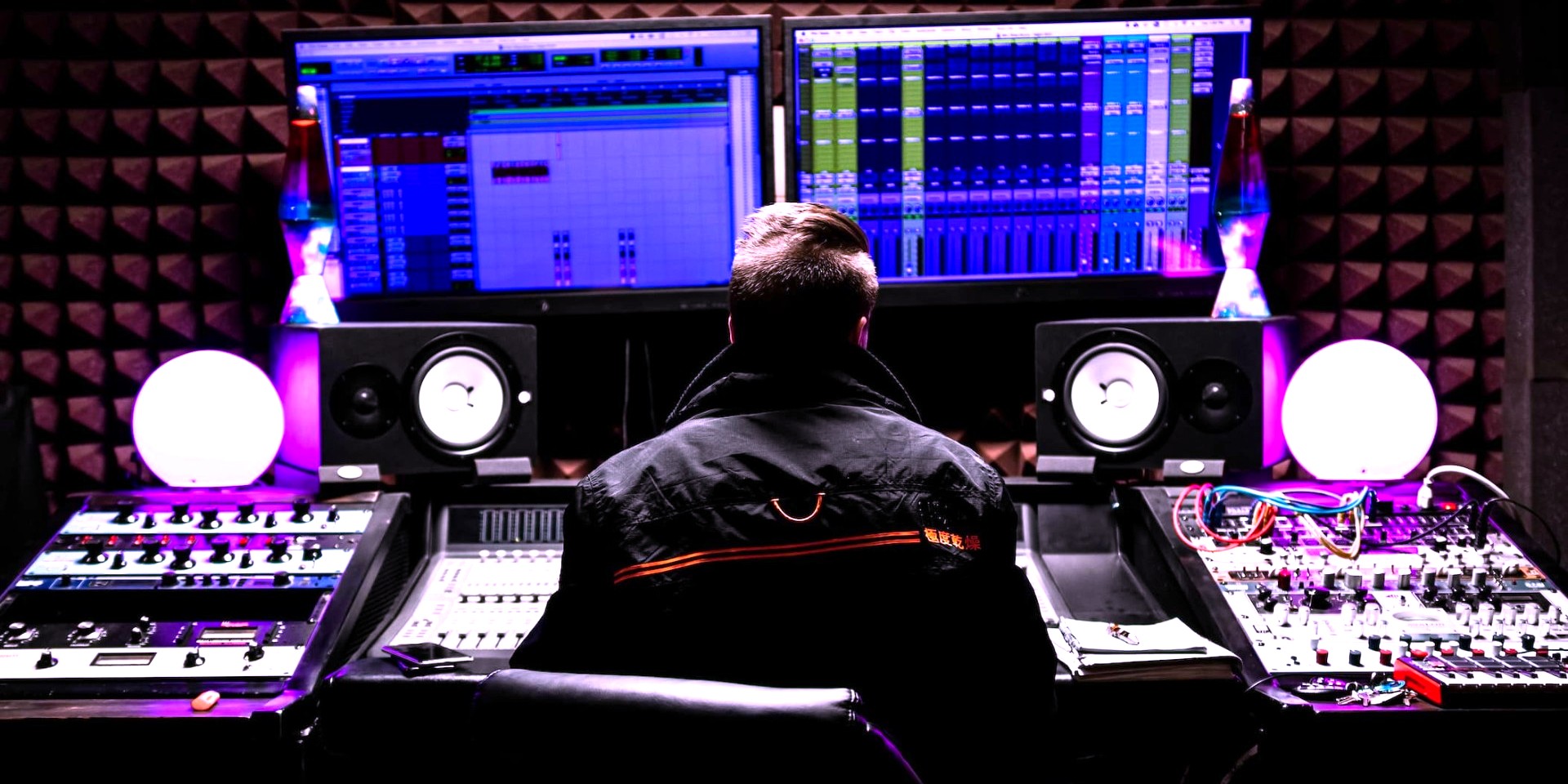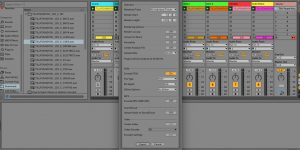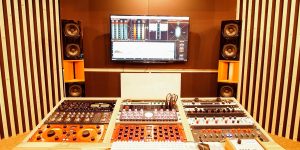One of the essential characteristics of a good DJ is their ability to create a cohesive and exciting mix. It means selecting music that flows together well while also incorporating new and different songs to keep things fresh.
One factor contributing to mixing depth is the number of tracks used. The more tracks you have at your disposal, the more variation you can create in your mixes. In this article, we’ll take a look at what mix depth is and how you can use it to improve your sets.
What is mix depth
Mix depth is the degree to which different tracks are combined in a mix. The term can be used to describe the overall sound of a mix and the approach taken by the DJ. A deep mix will typically have many tracks playing at once, with each track adding its unique elements to the overall sound. It can create a dense and complex soundscape that is both engaging and exciting.
Shallow mixes, on the other hand, tend to have fewer tracks playing at any given time. It can result in a simpler and more focused sound but can also make the mix feel less dynamic and exciting.
Importance of the mix depth
The mix depth is necessary because it directly affects the overall sound of your mix. If you want to create a cohesive mix with a clear idea behind it, then you need to be aware of the mix depth. It will allow you to control the direction of your mix and ensure that each track adds something unique to the overall sound.
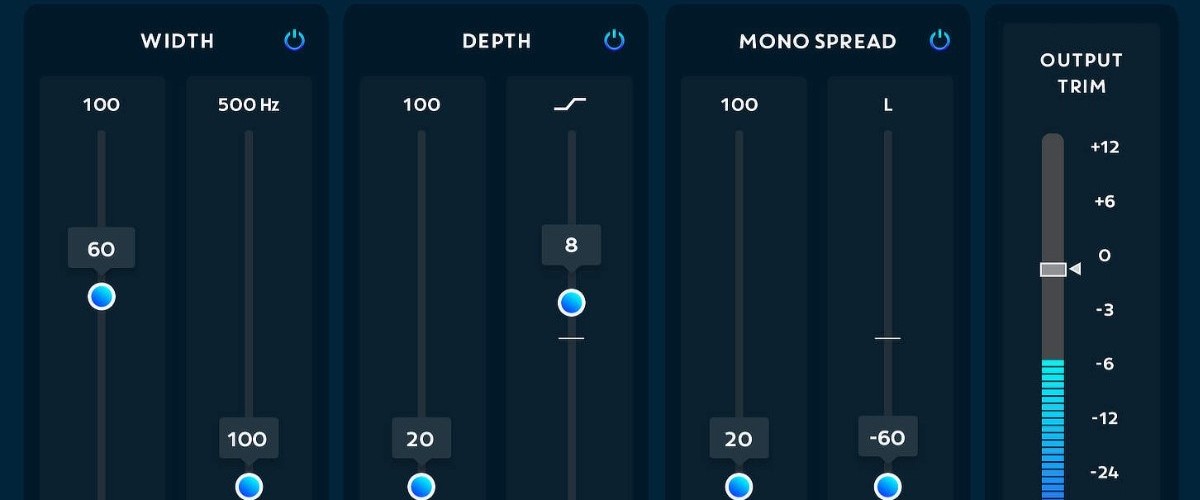
Steps to create the mix depth
Now that we know what mix depth is and why it’s important let’s look at how you can create it in your own mixes.
Have contrast in your music
One of the easiest ways to create mix depth is to have contrast in your music. This can be accomplished by selecting tracks that are different in tempo, key, or genre. By having a variety of tracks with different characteristics, you’ll be able to create more interesting and varied mixes.
Сonsider the frequencies
The frequencies also play an essential role in creating contrast. For example, if you have a track with many low-end frequencies, you can offset it by adding a track with high-end frequencies. It will create more interest and depth in your mix.
Use filters
Another way to create mix depth is to use filters. Filters can isolate certain frequencies, allowing you to create more space in your mix. It is especially effective when you’re using a lot of tracks with similar characteristics. By filtering out some of the frequencies, you’ll be able to make each track stand out more.
Reverb and delay
Reverb and delay are two effects you can use to create depth in a mix. For example, best reverb plugin simulates the sound of a track echoing in a room, while delay creates an echo effect. You can use both of these effects to make a track sound larger and more spacious.
Automation
Automation is a powerful tool that can be used to create mix depth. You can create a more dynamic and interesting mix by automating the level, pan, and FX parameters of your tracks. It is especially effective when combined with filters.
Layer your tracks
Another way to create mix depth is to layer your tracks. It means adding additional tracks on top of the ones already playing. You can do this by using a second deck or cueing up tracks in your headphones and mixing them manually. Layering will add more texture and interest to your mixes, making them deeper and more cohesive.
Use effects
Effects are another tool that can be used to create mix depth. Adding different effects to your tracks can create a more immersive and exciting sound. You can also use effects to transition between tracks, making the mix feel more seamless and cohesive.
Tips for creating mix depth
Here are a few tips to help you create mix depth in your own sets:
Start with a foundation
When you’re first starting out, it’s important to have a solid foundation for your mix. It means having a few key tracks that you feel comfortable mixing together. Once you have this foundation, you can add additional tracks and experiment with different techniques.
Keep it simple
It’s easy to get carried away when you’re first starting out. But it’s important to keep your mixes simple and focused. By adding too many tracks, you’ll only make it harder to create a cohesive sound.
Listen for contrast
One of the easiest ways to create mix depth is to listen for contrast. You can accomplish it by paying attention to each track’s tempo, key, and genre. In addition, by having a variety of tracks with different characteristics, you’ll be able to create more interesting and varied mixes.
Be creative
The best way to create depth in your mix is to be creative. Try out new ideas, and don’t be afraid to experiment. The more you experiment, the better you’ll get at finding new and interesting ways to create depth in your sets.
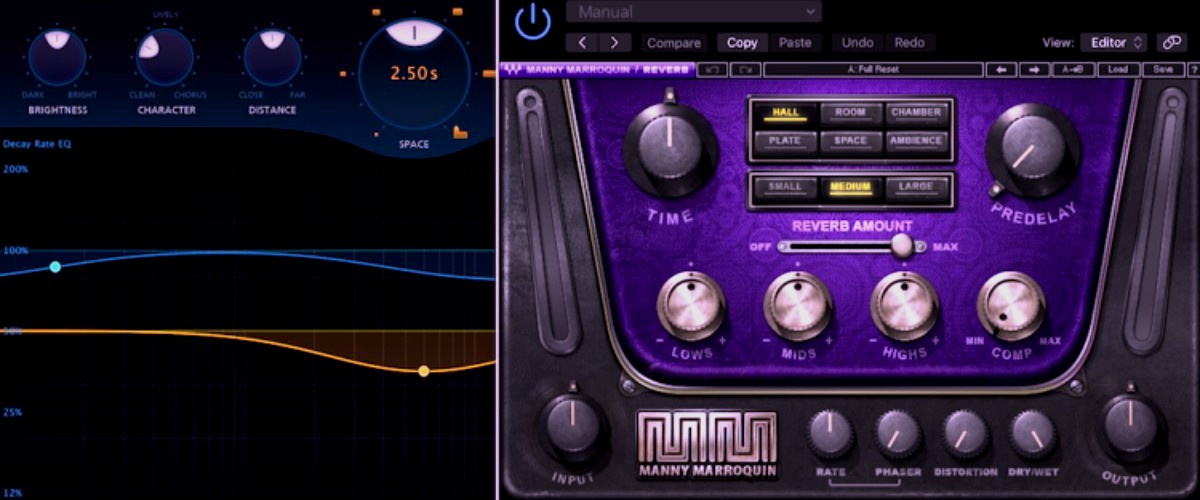
How to use mix depth to improve your mixes
Now that you know what mix depth is and how to create it let’s look at how you can use it to improve your mixes.
Make your mixes more interesting
One of the best ways to use mix depth is to make your mixes more interesting. If you get bored with your sets, try adding more tracks or experimenting with different combinations. Adding depth to your mixes can keep things fresh and exciting.
Create a more cohesive sound
Another great way to use mix depth is to create a more cohesive sound. It is especially important if you’re playing a set for a specific occasion or event. Using tracks with a similar vibe, you can create a more unified sound that will flow well from start to finish.
Enhance the mood of your mixes
Mix depth can also be used to enhance the mood of your mixes. If you want to create a more relaxed and chill vibe, try incorporating tracks with a slower tempo and smoother transitions. If you’re looking to get people moving and dancing, try using tracks with a higher energy level and more dynamic transitions.
Make your mixes sound better
Mix depth can be used to make your mixes sound better. Adding more tracks and layering them correctly can create a more prosperous and fuller sound that will impress your listeners.
Practice
Finally, practicing is the best way to get better at mixing depth. Experiment with different combinations of tracks and see what works best for you. The more you mix, the better you’ll become at using mix depth to improve your sets.
The bottom line
Mix depth is an important aspect of DJing that should not be overlooked. By understanding what mix depth is and how it can be used, you’ll be able to take your mixes to the next level.

